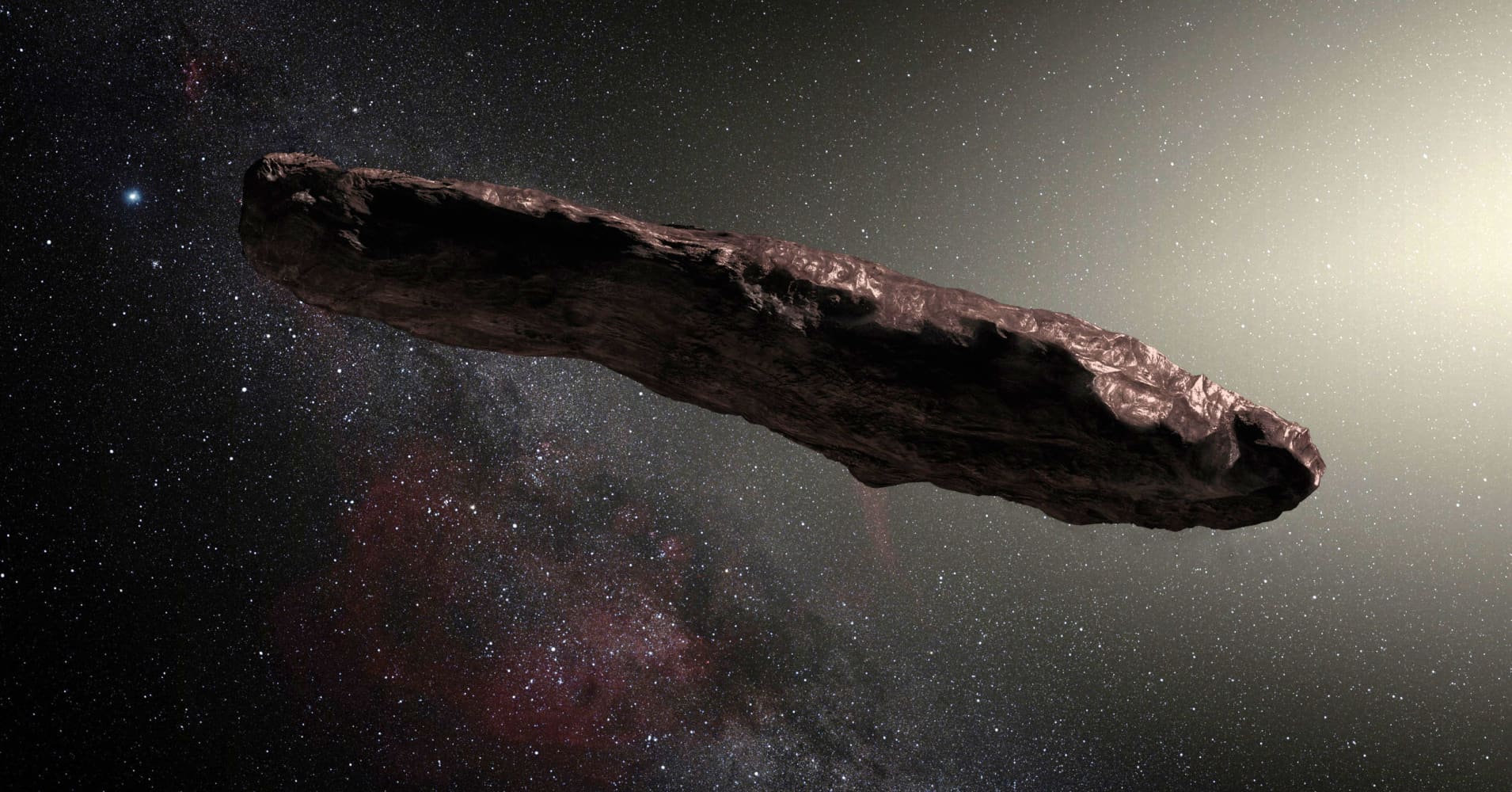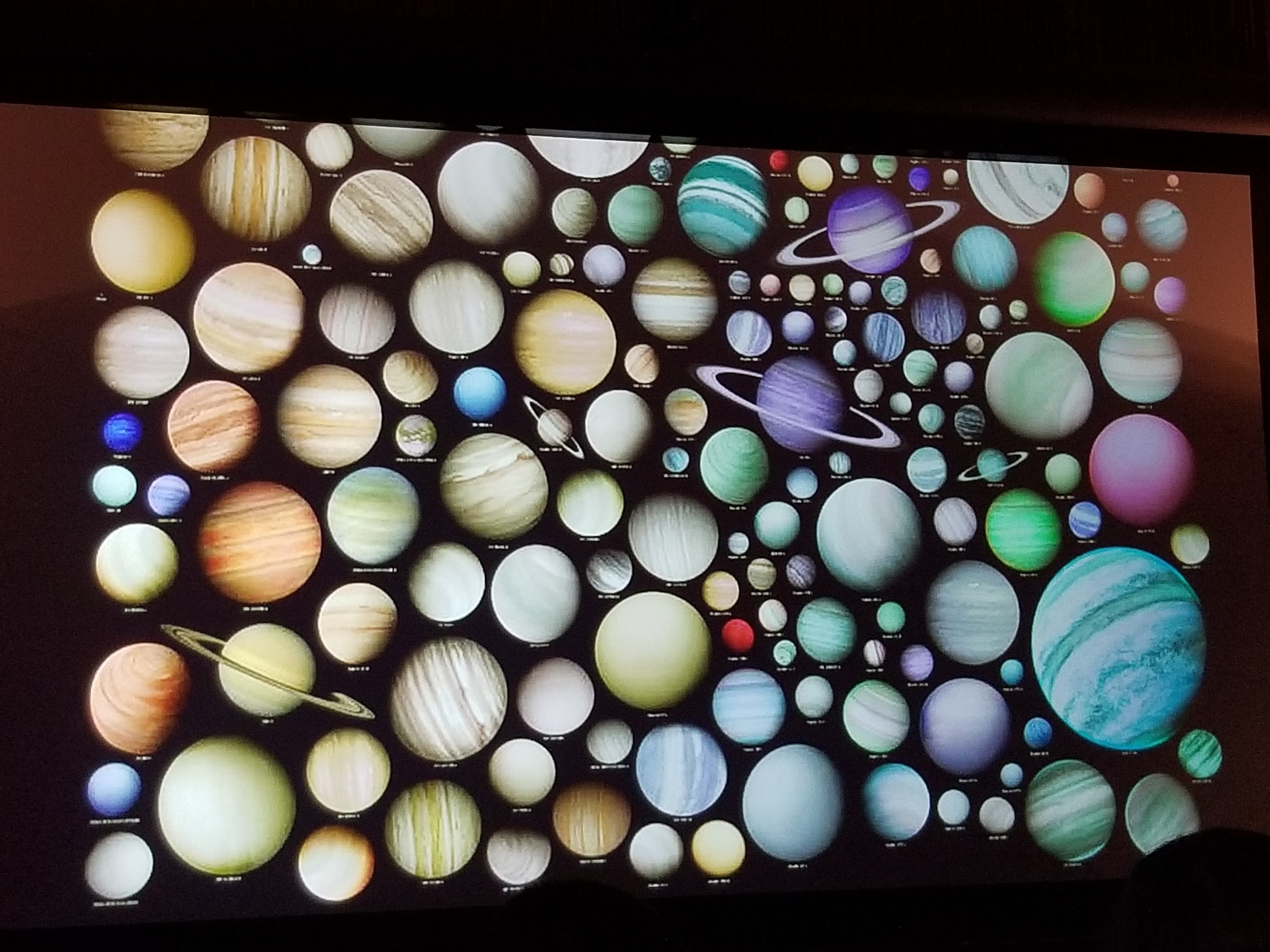
When a star explodes in a supernova, a number of elements are created. SETI Institute research scientist Jeonghee Rho has determined that the incredible winds unleashed in these brilliant explosions produce silica, as described in a new study published in the Monthly Notices of the Royal Astronomical Society. Silica makes up more than half of the Earth’s crust and is found in most sand, and we use it to construct glass and concrete. Prior to this, researchers had been unable to definitively detect silica in the remnants of supernovae, despite strong evidence. Rho was able to find the spectral “fingerprint” for the first time by supposing that silica grains themselves were not, as previously assumed, spherical in shape. Updating the model to include nonspherical shapes produced clear data showing the presence of silica and demonstrate the reason for its abundance in the universe.
As explained in a recent SETI Institute press release, “it confirms that every time we gaze through a window, walk down the sidewalk or set foot on a pebbly beach, we are interacting with a material made by exploding stars that burned billions of years ago.”
- IFL Science: Your Windows Are Stardust – Glass' key Ingredient Comes From Supernovas
- Phys.org: New discovery shows glass made from exploding stars
- Daily Mail Online: Champagne supernova? ALL glass on Earth started life inside the dying embers of an ancient star before a violent explosion scattered silica stardust throughout the universe
- SETI.org: Exploding Stars Make Key Ingredient in Sand, Glass
- Monthly Notices of the Royal Astronomical Society: A dust twin of Cas A: cool dust and 21 μm silicate dust feature in the supernova remnant G54.1+0.3
 ‘Oumuamua: Space Rock or Extraterrestrial Explorer?
‘Oumuamua: Space Rock or Extraterrestrial Explorer?‘Oumuamua, the first object of interstellar origin observed travelling through our Solar System, fascinated and perplexed scientists and the general public since it was detected in late 2017 by a Hawaiian survey telescope. While the general consensus among scientists is that the interstellar object is likely of natural origin, its peculiar features have defied easy categorization. Some, including a Harvard research team, have speculated that ‘Oumuamua’s unlikely characteristics could be explained if it’s a “lightsail of artificial origin”. Is it extraterrestrial technology, or simply a unique example of interstellar objects? CNBC consulted SETI Institute research scientist Matija Cuk:
“Maybe in other solar systems comets could be made differently,” Cuk said. That suggests the object could be naturally occurring, despite the fact that nothing like it has ever been seen anywhere near earth before.
Since this is the first such object to be detected, we have nothing to compare it to. With advances in technology we are likely to learn more about what could be considered typical for interstellar objects, and shed light on how common or rare examples like ‘Oumuamua are. Seth Shostak, senior astronomer at the SETI Institute, thinks the lightsail hypothesis remains unlikely:
“Unless a miracle has occurred, these are entering our solar system all the time. This is just the first one we’ve found,” Shostak said. He acknowledged the alien hypothesis was plausible, adding that Oumuamua acted more like a rock than a spaceship.
Since ‘Oumuamua is now beyond our range to study, there are many questions that will remain unanswered. Finding more objects from beyond our solar system may be our only insight into determining if the object is an unlikely oddity, or something stranger still:
“If we don’t keep finding them, this will be increasingly peculiar,” Shostak said.
- CNBC: Why a new discovery in outer space means humans should keep an 'open mind' about extraterrestrial life
- Scientific American: 6 Strange Facts about the Interstellar Visitor 'Oumuamua
- International Business Times: Oumuamua mystery continues: Interstellar object could be just a millimeter thick
 44 Years after Arecibo Message: A New Challenge and a Google Nod
44 Years after Arecibo Message: A New Challenge and a Google NodIn November of 1974, the most powerful broadcast ever deliberately beamed into space was made from Puerto Rico, in celebration of a major upgrade to the Arecibo Radio Telescope. It was a simple message, but was significant as the most powerful radio message ever to be beamed into space and would be detectable by any extraterrestrials doing their own SETI experiments. Google commemorated the 44th anniversary of this important piece of SETI history with an Arecibo Message-themed Google Doodle:
The message itself was devised by a team of researchers from Cornell University led by Dr. Frank Drake—the astronomer and astrophysicist responsible for the Drake Equation, a means of estimating the number of planets hosting extraterrestrial life within the Milky Way galaxy. ‘‘What could we do that would be spectacular?’’ Drake recalled thinking. “We could send a message!’’
The Arecibo Observatory in Puerto Rico also marked the anniversary, announcing a competition for students to design a new message to transmit across the cosmos. Competitors must solve puzzles to qualify, while learning about the history of Arecibo and space science.
- Google: 44th Anniversary of the Arecibo Message
- Wired: Astronomers are totally rethinking how we should talk to aliens
- GeekWire: 44 years after its first message to aliens, Arecibo Observatory calls for follow-up
- Newsweek: What is Arecibo Message? New Google Doodle Celebrates Humankind's First Attempt to Contact Space Aliens
- Astrobiology Magazine: New Arecibo Observatory Message Challenge Announced
- UCF Today: New Arecibo Observatory Message Challenge Announced
- Times of India: Google marks 44th anniversary of Arecibo message with a doodle
- Arecibo Observatory: Challenge
 Splice Today on SETI Institute Event
Splice Today on SETI Institute EventSplice Today’s Kenneth Silber attended a SETI Institute event hosted at the Explorers Club headquarters in New York. While there he learned about the many areas of research and outreach the SETI Institute is engaged in, and why searching for life in the universe remains an important venture in science:
The universe is rife with planets, pointed out Bill Diamond, the institute’s president, in a presentation that included a slide showing a multitude of worlds, an artist’s conception based on data such as that from the recently retired Kepler spacecraft. More planets mean more chances for life and perhaps intelligence to emerge, in accordance with the Drake Equation.
Diamond was upbeat about the science the SETI Institute performs and the possibility of finding life somewhere out there soon, perhaps in a microbial form in our own solar system. But he also confessed to being particularly interested in the Drake Equation’s final term, L, with its possible limit on how long technological civilizations survive.
Learning survival limit of technologically advanced species not only impacts the likelihood of making contact with extraterrestrials, but also our survival as a species.
- Splice Today: Encountering the Extraterrestrial
In last week’s episode, find out why the future of space includes mining asteroids, what we might learn from the 2019 flyby of Ultima Thule, and if the interstellar object known as ‘Oumuamua might be an alien spacecraft in Space Rocks! On our previous week’s episode, the team visited the Science Denial symposium in New York to find out what drives public resistance to scientific findings, in Skeptic Check: Science Denial.
Last week on Facebook Live, the SETI Institute wishes everyone a happy Thanksgiving with CEO Bill Diamond. Videos of all past Facebook Live events can be found on our Facebook page: https://www.facebook.com/SETIInstitute/
- NewSpace Europe: Breaking Barriers: November 27-28, Luxembourg City, Luxembourg The SETI Institute is a sponsor of this event.
- 2018 California Science Education Conference: November 30-December 2, Pasadena, CA Pamela Harman, Acting Director of the Center for Education at the SETI Institute will offer two workshops
- American Geophysical Union (AGU) Fall Meeting: December 10-14, Washington, D.C. Several SETI Institute scientists will be participating
- SETI Talks: December 18, Menlo Park, CA Finding and Messaging ET: So What? Julia DeMarine, Astrobiologist and Science Communicator at the UC Berkeley SETI Research Center, Doug Vakoch, President of METI, Eliot Gillum, director of Laser SETI at the SETI Institute and Seth Shostak, Senior Astronomer at the SETI Institute will present
- 223rd Meeting of the American Astronomical Society (AAS): January 6-10, 2019 Seattle, WA Several SETI Institute scientists will be participating.





